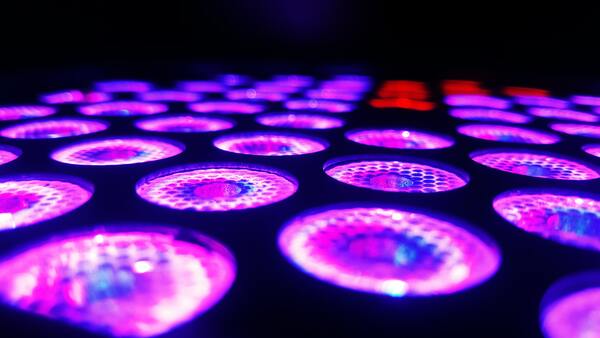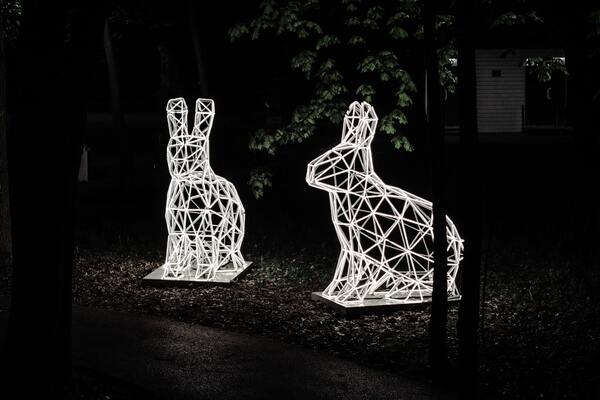In comparison to older light bulbs, LED lights are a huge improvement. Compared to other types of bulbs or light sources, they typically last longer, use less energy, produce more light, and need less maintenance. LED lights are not perfect, though, so this does not imply that.
LED lights don’t always turn on when the switch is turned on. Sometimes, before turning off, they will flicker or even blink. There are a few possible causes for why your LED lights might not turn on.
Reasons For Led Lights Not Working
Bad Pin Connection
Your LED lights won’t turn on if the pin connections are poor. Changing the pin connection for a new one is an easy way to solve this. Disconnect the pin and examine it to see if this is the problem’s root cause. Sometimes these will be bent or not fully connected, but even if they are, it’s always a good idea to check and rule out this possibility.
Incorrect Power Source
Failure of LED lights can be brought on by the wrong power source or by the wrong power source itself. As each type of led bulb will require a different voltage to function properly, make sure you are powering your lights from the appropriate source.
Bad Capacitors
Your LED lights may not turn on if you have a bad capacitor. Your lights may not be working right now because of these tiny circuitry components, which are necessary for a proper functioning light.
You can simply swap out the capacitors rather than buy a brand-new light string. Sometimes purchasing a set includes several different capacitor types, making it more likely that one will perfectly fit your lights.

Bulbs Are Too Tight
Too-tight LED bulbs may result in problems and even cease to function.
Although LED bulbs are made to be simple to install, occasionally they end up being too tight in the lamp or fixture’s socket. Since they are not meant to be loose like previous lightbulbs, you will need to exert a little more force and effort to fully push it in when this occurs.
However, if the LED bulb is fully inserted but still does not work, it can be a problem because you will need to push more firmly to get it to work.
Grid Problems
Due to a variety of potential causes, grid issues can result in LEDs not turning on. It’s possible that there was too much electricity flowing through the grid and it led to you losing one of your LEDs if the power supply is plugged into a surge protector or an extension cord.
Despite the fact that LEDs don’t need a lot of power to operate properly, your grid may become overloaded if there are other devices present and the LED lights don’t receive the right amount of power.
In this case, it might be a good idea to step back and examine the grid.
Is there anything that can be switched off?
In order to prevent too many devices in one area of the building from operating simultaneously, can you turn this device into a separate circuit with its own breaker?
Low Quality
You might notice that a lower-quality LED strip doesn’t perform as well as a better strip if you have one. In the worst-case scenario, it might not even turn on.
Some cheap strips will flicker or even dim a little when the power supply is connected to them. While not all of them have this problem, some simply fail to perform their duties, causing your hard-earned money to be wasted.
What distinguishes a high-quality strip from one that performs poorly may be on your mind at this point. The way they are wired is largely to blame.
Damaged Or Loose Wires
The wires leading to the LED strip light are frequently loose or damaged, which is another common cause of LED strip lights not turning on. There’s a chance that your lights were hacked during production, in which case you’ll need to send them back and buy new LED strips.
Animals and the environment can also harm wiring.53} especially if they are outdoor lights. There are instances where the wiring was shorted, which occurs when two positive wires come into contact with one another or when a negative wire comes into contact with another negative wire.
Your LED strip lighting won’t turn on, which means there’s a problem with it. You’ll need to identify the precise cause of the issue so you can fix it.
Final Thoughts
As you can see, a variety of factors can cause LED lights and LED light strips to stop working. In some circumstances, the causes might be external, such as an unsuitable power source or dimmer.
In some instances, the problem might be with the way your strip is connected. Your LED light strip’s ability to receive power may be impacted, and it might even cause the light’s color to change. The entire LED light strip may need to be replaced in less frequent instances if there is an internal problem.
